Mohawk (1/4)
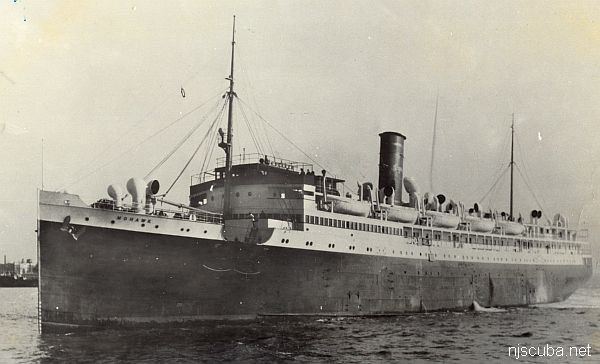
- Type:
- shipwreck, liner, USA, Clyde-Mallory Lines ( sailing under Ward Lines )
- Name:
- A tribe of Iroquoian Indians of the eastern New York area.
Three identical sisters were named Cherokee, Seminole, and Algonquin - Built:
- 1926, Newport News VA USA ( Newport News Shipbuilding & Drydock Co. )
- Specs:
- ( 387 x 54 ft ) 5897 gross tons, 163 passengers & crew
- Sunk:
- Thursday January 25, 1935
collision with Norwegian freighter Talisman - 45 casualties - Depth:
- 80 ft max
The Mohawk was given its name after a previous ship of the same name belonging to the same company burned and sank in Delaware Bay in 1925. Another Mohawk is sunk outside the mouth of New York harbor. Thus there are plenty of Mohawk wrecks in our area. This does not seem to be a lucky name.
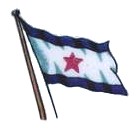
Neither was the parent shipping company, Atlantic, Gulf & West Indies Steamship Lines, very lucky; the previous year, in an incident that is far more well-known than the sinking of the Mohawk, the Morro Castle caught fire and grounded in the surf off Asbury Park, a total loss. ( The hulk was eventually towed to a Baltimore wrecker's yard. ) Then, just weeks before the Mohawk was lost, the company's Havana grounded on a reef, and the Mohawk was transferred to fill in for the damaged vessel on the New York - Havana - Vera Cruz (Mexico) run. Coincidentally, the Clyde Line also owned the Delaware, sunk nearby some 37 years earlier.
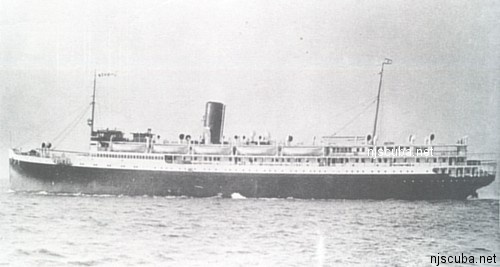
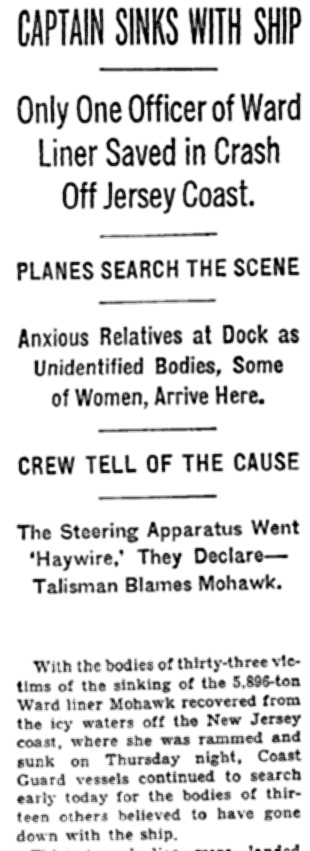
An Underwater "Tour" of the Mohawk:
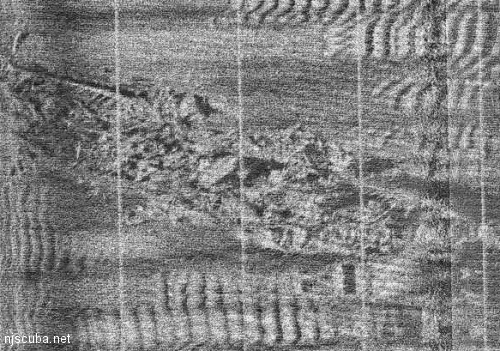
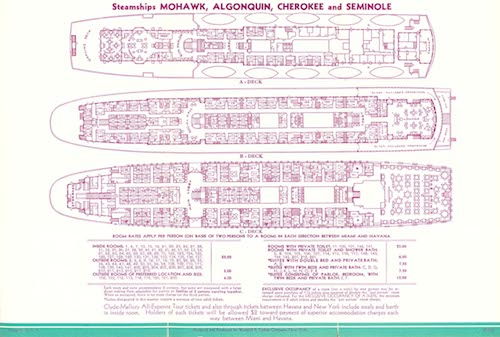
Getting Around on the Mohawk:
The port or east side of the wreck forms a wall in the bow and stern that can be followed relatively easily. Amidships, everything was destroyed by demolitions, but the remaining boiler makes a good landmark. If lost, swim west with your compass, and you should find the wall of the hull. Dive boats will typically anchor either in the bow (north) or the stern (south) of the wreck and will announce which, so once you find the wall, you should be able to find your way home. The east or starboard side of the wreck is low scattered hull plates, disorganized, and much more difficult to navigate.

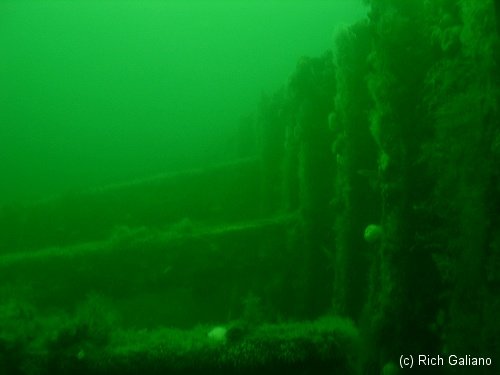

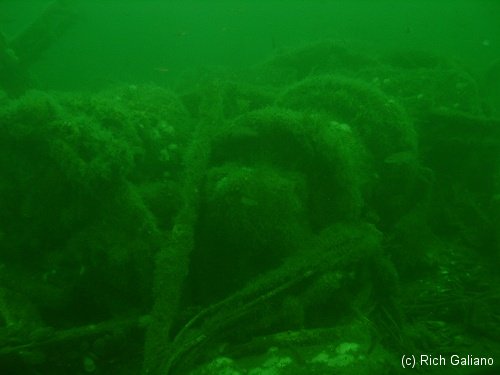
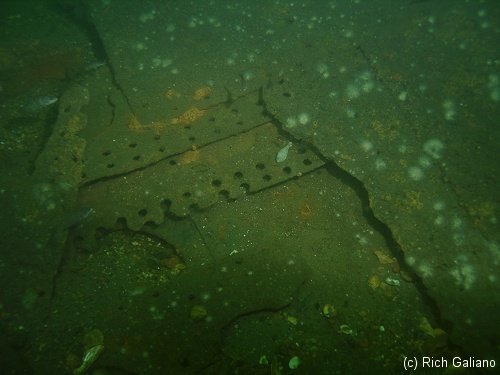
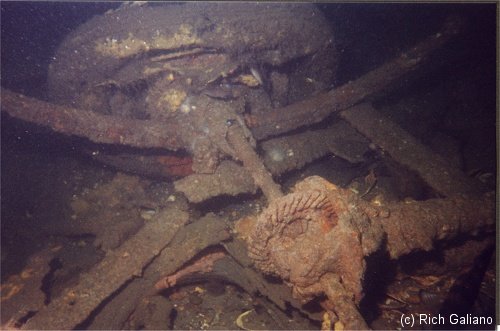
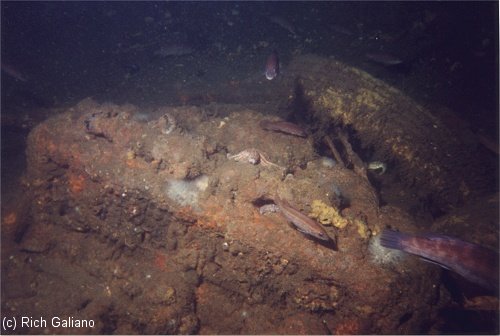

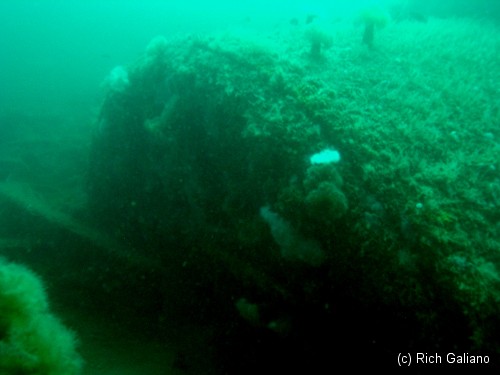
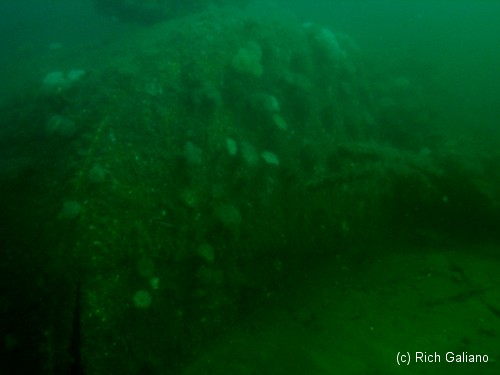
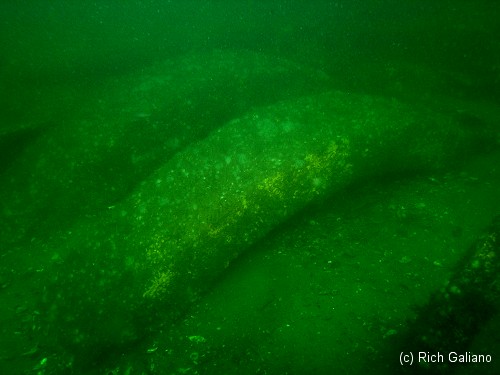
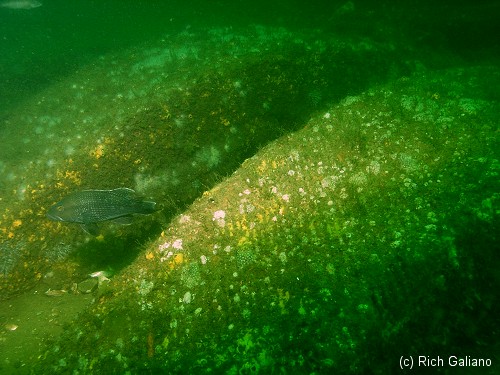
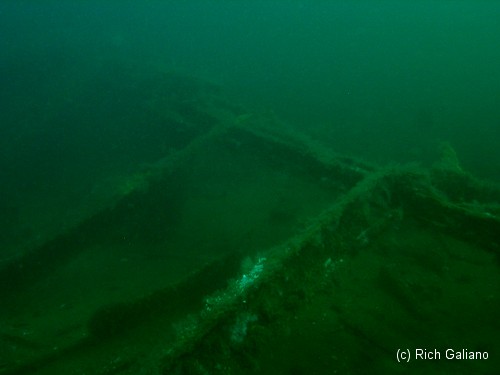
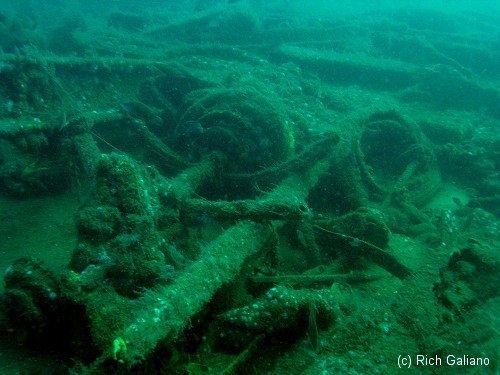

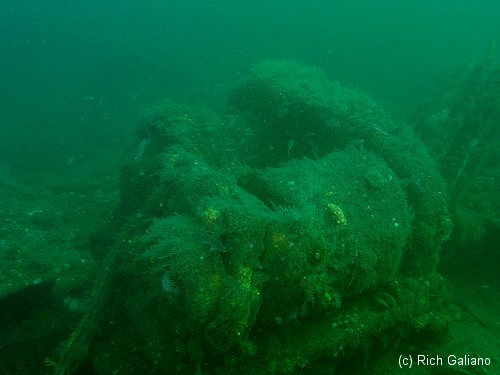

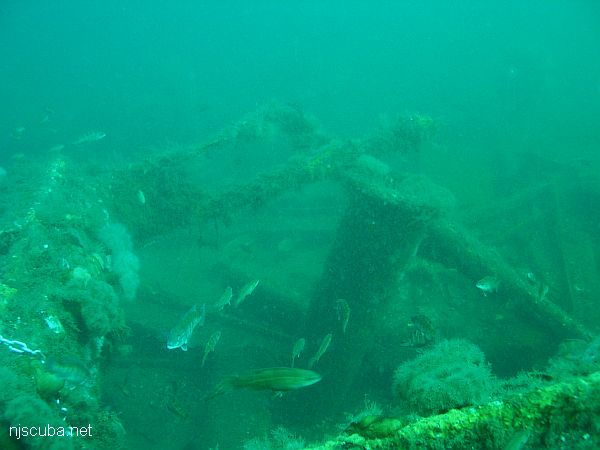
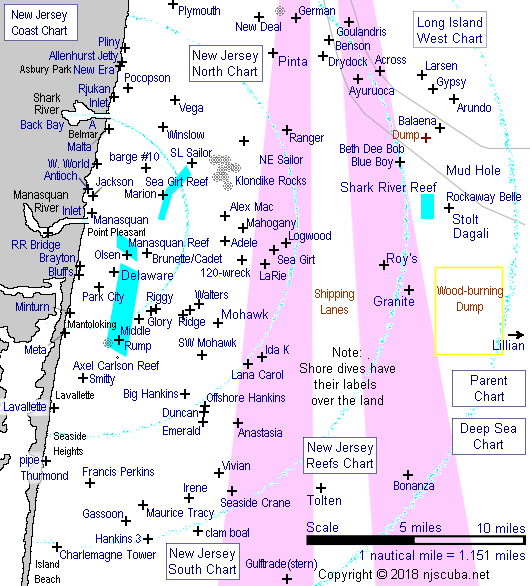
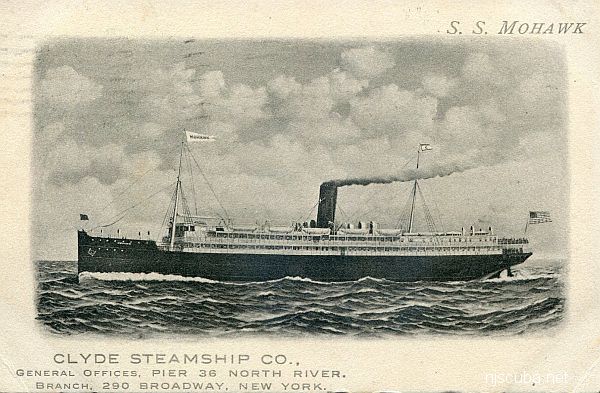
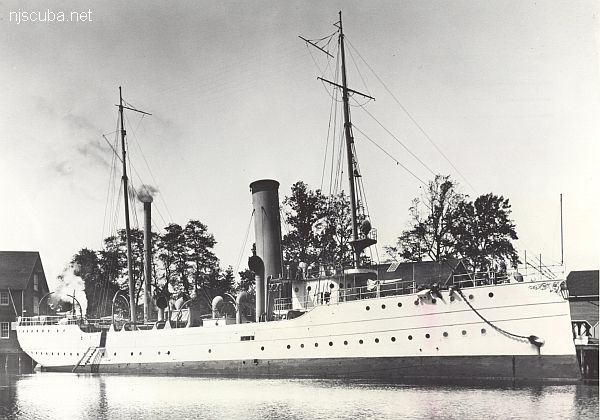
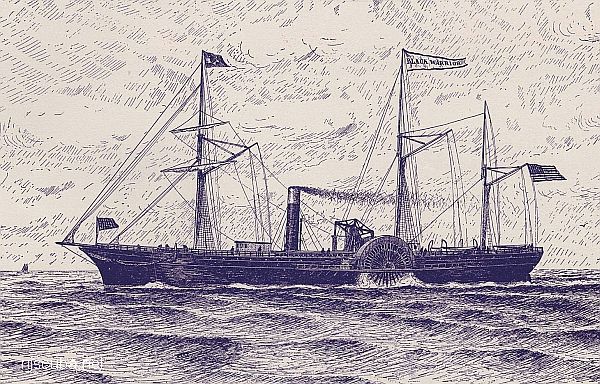
Questions or Inquiries?
Just want to say Hello? Sign the .